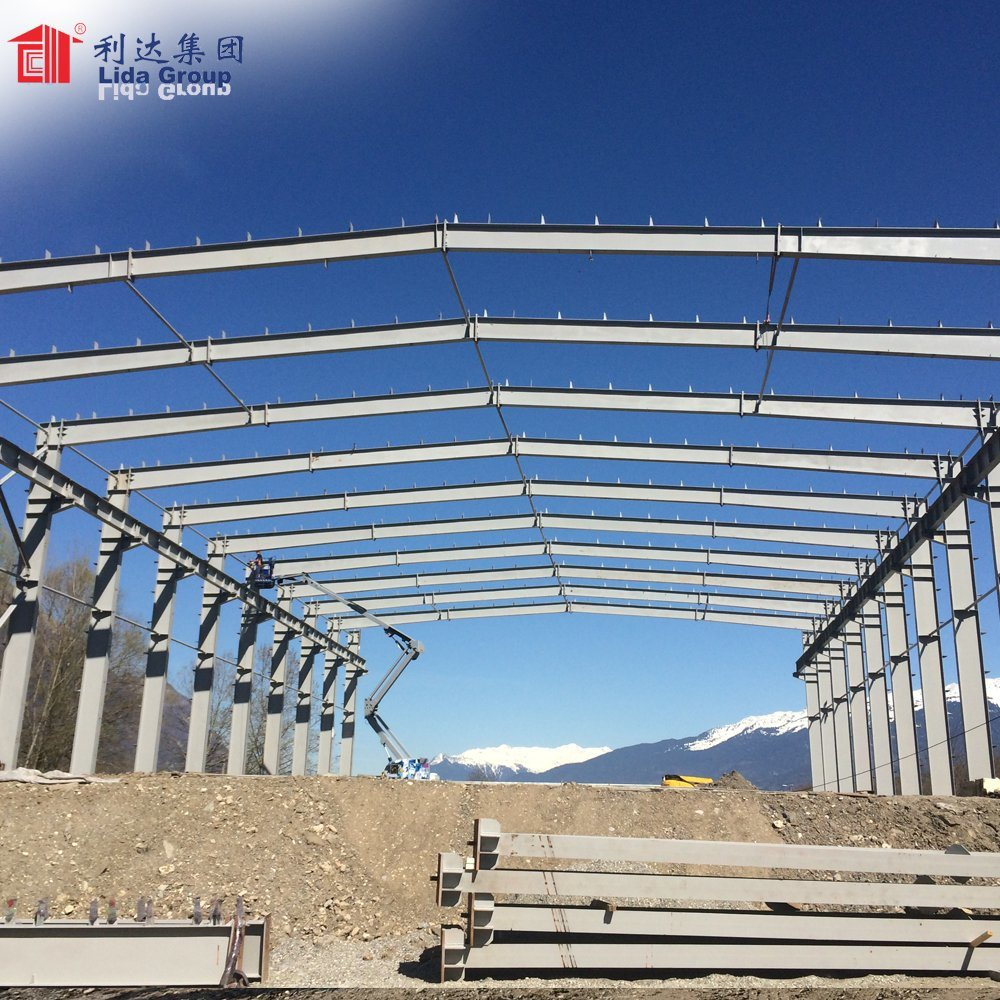Global trade connectivity relies on efficient, secure port facilities. One international seaport collaborated with Lida Group constructing specialized buildings optimized for hazardous cargo inspections and incident resilience. This project highlights strategic design protecting operations critical for regional economic activity and national security.
As globalization intensifies, port infrastructures face unprecedented pressures from escalating trade volumes and threats. Existing structures fail meeting exacting safety standards governing explosives, radioactive materials and chemical shipments. Temporary accommodations compromise continuity. Recognizing upgrades ensured long-term competitiveness, officials sought partners experienced in hardened facility design.
Lida Group engineers customized load-bearing structural steel solutions for the demanding port environment. Buildings house on-dock customs offices, non-intrusive inspection technologies and emergency response staging near waterside terminals. Structural designs exceed standards through independent lab validation and computational modeling refining blast-resistant designs.

Modular steel construction accelerates schedules despite maritime hazards. Embedded connections transfer seismic and extraordinary lateral blast loads directly to substantial foundations. Enclosure systems consist of insulated composite panels forming weathertight, noncombustible assemblies unaffected by corrosion. Strategically located openings admitting truck-scaled payloads withstand impacts and overpressures through validated designs.
Separate 10,000 square foot structures accommodate customs processing, a regional Homeland Security office and emergency operations control center. Facilities activate rapidly from secure locations during incidents when roads flood. Back-up generators fuel stored internally ensure continuity powering critical cargo screening and emergency notification systems through prolonged outages.

Structural engineers specified ASTM A572 Grade 50+ steel alloys exhibiting twice the strength of ordinary grades. Deeply embedded foundations transfer extraordinary loads from waterfront terminals into bedrock. Primary framing, decking and fit-outs utilize noncombustible materials rated for hydrostatic flooding and thermal shock from fires. Comprehensively tested enclosures withstand category 5 hurricanes and probable maximum precipitation flooding scenarios.
Building designs route utilities avoiding potential compression or tension vulnerabilities. Tankages stores jet fuel, ammonia and chemicals safely for maritime emergencies with secondary containment. Infrastructure equips hazardous material teams while isolating dangers from surrounding exposures. Strategically positioned glazing maximizes daylighting while withstand blasts and debris impacts.
Independent blast consultants simulated probable threats utilizing Department of Defense test protocols replicating vehicle bombs and industrial explosions. Testing characterized load responses ensuring occupant protection and continuity of operations under foreseeable attacks. Analytical models refined designs channeling shockwaves and projectiles. Facility shields minimize distant damage supporting continuity.

Siting reinforces critical infrastructure through centralized management near terminals. Infill development supports regional sustainability and resilience goals. Purpose-built facilities set standards worldwide through validating performance commitments with rigorous third-party testing. Owners quantify lifecycle expenses including downtime avoidance and potential noncompliance penalties, justifying investments.
As global threats evolve, ports require constant protective upgrades. This project establishes a model hardening vital intermodal hubs maintaining commerce during emergencies. Robust design protects linked supply chains and regional economies overall. Strategic resilience planning safeguards international inter connectivity despite escalating hazards. Purpose-built structures prove vital for ports sustaining global trade connectivity and national security into an uncertain future.
In conclusion, international trade depends on secure,efficient ports accommodating escalating volumes and risks. This project optimized blast and flood resilience through structural engineering validated through independent testing. Modular steel construction accelerated critical upgrades. Purpose-built facilities established global standards protecting linked infrastructure and supply chains crucial to regional and national economies. Overall the development illustrates proactive planning maintaining strategic operations and inter connectivity despite evolving threats intensified by global pressures and climate changes.

Related news
-
Municipalities select durable steel structural facilities from Lida Group to house emergency response fleets and equipment protected from natural disasters.
2024-10-17 15:55:51
-
City approves Lida Group's mobile transitional shelter park utilizing stacked steel container frames retrofitted with structural insulating exterior skin.
2024-10-16 11:56:08
-
Yurt designers partner with Lida Group to revive traditional round metal hoop designs using cutting-edge structural insulated sandwich panels for cabin and studio construction.
2024-10-12 17:48:44
contact us
- Tel: +86-532-88966982
- Whatsapp: +86-13793209022
- E-mail: sales@lidajituan.com


